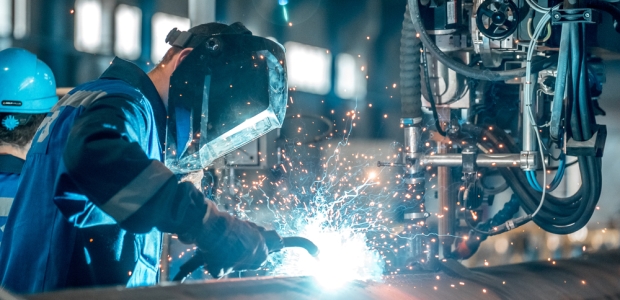
"The Stand-Down is not limited only to construction industry trades," Dean McKenzie, director of OSHA's Directorate of Construction, and Christine M. Branche, Ph.D., FACE, principal associate director of NIOSH and director of its Office of Construction Safety and Health, said in an email. "Each year, large corporations and small companies have joined us to make this effort a success."
"The NEC is updated every three years to include the latest in proven safety technology, and ESFI is committed to educating the public about the importance of staying up to code," said ESFI President Brett Brenner. "This year's resources focus on common hazards including overhead power lines and lesser-known dangers such as electric shock drowning."
The course will provide industry-specific training that includes fire safety, safety in confined spaces, and fall hazards, with an API-U certificate issued upon completion of the course.
"The NFPA 3000 process, from start to finish, has been an exceptional example of emergency responders and other safety-focused practitioners swiftly coming together to provide invaluable perspective and address a significant threat in our world," NFPA President and CEO Jim Pauley said. "The proactive, integrated strategies recommended and defined in NFPA 3000 will go a long way in helping communities plan, respond, and recover from active shooter and hostile events."

Effective industrial hygiene management requires recording and maintaining consistent and complete work site data. Using outdated methods is in itself a serious risk.

Tempered water has been a hot topic of late, but just as many installations need cooling of high-temperature supply water.

Not all natural disasters occur during full staff hours. Many take place when staff or logistical support is limited. Keep this in mind while creating the plan.

If employees take the wrong response actions, don’t know what to do, or try to perform jobs they are not capable of, the resulting mistakes, confusion, and disarray will stand in the way of a safe response.
During the May 7 and May 9 tests, every compatible mobile device connected to an LTE (long-term evolution) network in the targeted provinces and territory will receive the test alert. They also will be distributed on TV and radio in the same regions.

Technology can help streamline and standardize complex processes, centralize data and corresponding analyses, make reporting easier, and eliminate silos between departments.
The residual heat removal system was inoperable for a time on both units of the TVA nuclear plant on some days in April.

With the right strategies and tools, you’ll overcome the challenges and create an industrial hygiene program that protects your most important asset—your employees.

The biggest mistake food manufacturers make is assuming that because their plants have been in operation for years without accidents and without being cited, they are in compliance.

Here's how to easily and successfully meet OSHA standards with your concrete drill.

Some ototoxic chemicals may exacerbate noise-induced hearing loss even though the noise level is below OSHA’s PEL, the document warns.